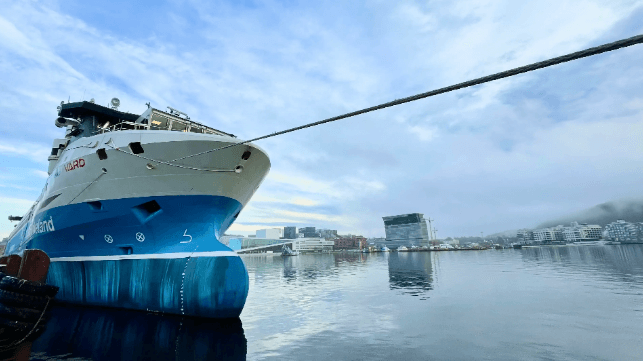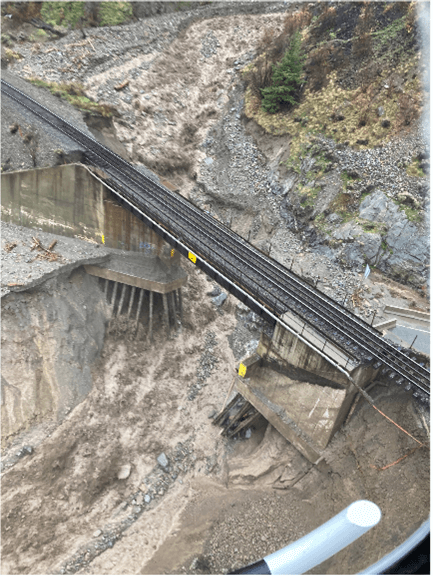Anchor Strike May Have Damaged California Pipeline Months Ago

Capt. Jason Neubauer, who served as the lead investigator on the El Faro and Conception casualties, has taken charge of a major marine casualty investigation into the pipeline spill off the coast of Orange County, California.
Though the pipeline is regulated by PHMSA and the platform it serves is regulated by BSEE, the Coast Guard has jurisdiction because of the possibility that a ship (or several) may have caused the leak. The investigators' main theory for the root cause of damage is that the line was hooked and dragged by an anchor, displacing a 4,000-foot section of pipe over a distance of about 100 feet and breaking off the line's concrete outer casing.
"I'm highly confident - I'm convinced - that this was the initial event that deflected the pipeline," Capt. Neubauer said at a press conference Friday.
According to Neubauer, the dive and ROV inspection evidence suggests that the anchor strike likely occurred many months - even up to a year - in the past. The line was last inspected and found to be in its proper charted position in October 2020, giving a solid cap on the timeline.
"You can see some marine growth [on the pipeline] and also a 13-inch crack. It's a linear fracture that's visible, and that section of the pipeline was previously encased in concrete," he said. "It's likely that there was a previous initiating incident of some kind of anchor drag over that section, but, since that time there has been significant [marine] growth. That has refocused the time frame of our investigation to at least several months to a year ago."
His team is now working through a "mountain" of AIS data and radar images, drawing on digital records from the Marine Exchange VTS and the Los Angeles Pilots. It is looking particularly closely at an unusual storm that swept through the area on January 24-25, 2021, which required a lot of vessel management activity at the VTS. "We're going to comb over that and get a very detailed picture of the communications and the vessel movements during that time," Capt. Neubauer said.

Based on a computational analysis, the Marine Safety Center has calculated that the vessel involved could only be a large, deep-draft ship, since it had to exert enough force to pull 4,000 feet of 16-inch pipeline over a distance of more than 100 feet.
As the team works through the records, it will likely conduct additional vessel boardings and inspections. It has already completed two visits, including a boarding of the Hapag-Lloyd boxship Rotterdam Express. "It's important to remember that this event could [involve] multiple strikes of the pipeline after that initial event," Neubauer added.
Neubauer also indicated that it is possible that the linear crack in the line may have started small and grown over time - meaning that the oil leak may have begun at some earlier point in time.
